Any area left uncultivated or overgrown with what we call weeds may become a place and element of ecological change. Such a area may also stimulate a new way of seeing space and help redefine the spheres of biodiversity. The French agronomist Gilles Clément introduced his concept of the “third landscape” in his Manifesto del Terzo paesaggio (Manifesto of the Third Landscape), published in Italy in 2005. The term is used to indicate places, which after being abandoned by humans, become refuges for preserving biological diversity.
A river, a motorway or any place that has been overrun by nature, thus, can provide valuable insight into the concept of biodiversity, and this is precisely what aroused the curiosity of the South Tyrolean artist Karl Unterfrauner (b. Merano, 1965) and encouraged him to reflect on the world beneath motorway viaducts. Unterfrauner, who had always loved nature and been fascinated by its complexity, began his Neophyten project n in 2008 when he became interested in certain features of the plants botanists call “neophytes.” Neophytes are “non-native, migrant” plants that originally did not belong to the indigenous flora of a specific area, but which, for a number of reasons, succeeded in spreading and adapting to an ‘alien’ environment.
Robinia, Autobrennero A22.
Courtesy Karl Unterfrauner
In 2009, Karl Unterfrauner went on an exploratory journey with his camera in the Isarco Valley, walking along stretches of nature hidden under the Brennero motorway overpass. The motorway, one of the first in this part of the Alps, is supported by an enormous bridge structure. It was built between 1960 and 1970 and it inevitably altered the landscape and local social and economic dynamics.
Much in the way travelers driving on this motorway enjoy a view of the landscape, the mountains and the river from above, Unterfrauner decided to explore the no-man’s land under it. This area is a non-place created by humans in which the heap of rubble left over from the motorway’s construction has become an ideal refuge for nature.
In this undisturbed habitat, which offers protection for plants and animals and continues to expand unbeknownst to most people, the artist focused exclusively on the pioneering, non-indigenous plants called “neophytes”.
Between 2009 and 2010, he began photographing them. In order to recognize them and take accurate notes, however, he need to acquire basic knowledge about them. The artist gained this thanks to the support of a botanist and researcher at Eurac, who accompanied Unterfrauner on his explorations.
The result was a body of images that Unterfrauner exhibited in 2010 as part of the “Museion at the Eurac Tower – Percorsi tra arte e scienza – Journeys through art and science” project organized by the Museion and Eurac. Thanks to this collaboration, two works from the Neophyten series, Riesen Bärenklau (2010) and Götterbaum (2010), were acquired for the Museion collection.
Karl Unterfrauner, Neophyten – Riesen Bärenklau, 2010. Colour photography, 102 x 68 cm. Museion Collection.
Photo: Courtesy Karl Unterfrauner
The photographic images focus objectively on individual plants, showing them in both their natural environments (as in the case of Riesen Bärenklau) and inserted in the man-made contexts depicted in the background (as with Götterbaum).
The artist is particularly interested is how these plants survive; his focus is on the concept of nature as a powerful entity, which pursues its strategies by adeptly imposing itself on the man-made environment.
From an artistic viewpoint certain parallels can be observed between Unterfrauner’s project and the works of Lois and Franziska Weinberger who, during the documenta X exhibition at Kassel in 1997, placed ruderal plants along the abandoned railway lines at the Kulturbahnhof Station. With their site-specific project, they decided to create a garden populated, in the future, with by plants from Southern and Eastern Europe. These plants normally grow in neglected areas, so they encourage people to reflect on the concept of diversity in the sense of both biodiversity and cultural diversity.
By using inconspicuous plants, the “poor relatives” of the vegetable world, those commonly known as weeds, and by highlighting their characteristics, Unterfrauner weaves a story based on subtle suggestions of cultural transfers, fights for survival, and adaptability to change.
Up to what point are the borders fluid in the vegetable or animal world, as in the human world? To what extent does globalization confront us with delicate and unstable balances? What is the bond between biological and cultural diversity, i.e. between different natural ecosystems and the diversity that exists between the many human communities around the world?
It is this with which Unterfrauner’s work leaves us: numerous open questions and important points for reflection.
Elena Bini (b. Bozen, 1973) is the head of the Museion Collection/Archive Organisation Department. Having graduated in the Conservation of Cultural Assets at the University of Udine, she has taught history of art and been responsible for museum education. In her free time, she reads a bit of everything, goes early morning jogging (well, not too early) and enjoys wildlife watching.














